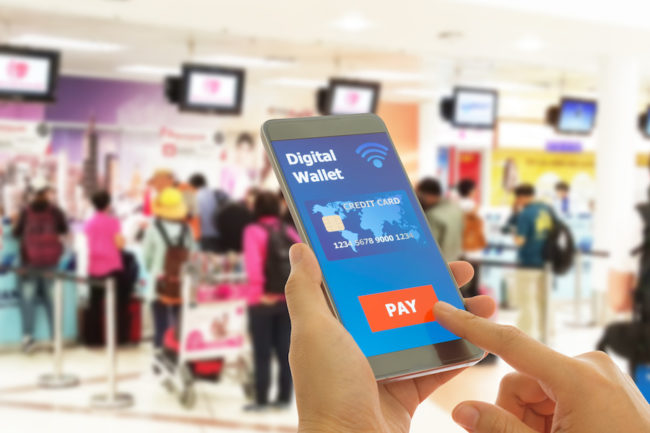The suburban and rural landscape in India is rapidly adopting digital payments mechanisms.
The wave started with the increasing penetration of micro-finance companies, large scale Aadhar enrolment, Jan Dhan accounts and direct credit of subsidies into bank accounts by the government.
Additionally, a second wind of increasing adoption on online payments across the Indian landscape is being driven by some key factors such as:
- E-commerce platforms in India now get a significant number of sellers from Tier 2 & 3 cities doing high volume transactions.
- The demonitization move forced some level of unwilling adoption – though the cash economy is back with a bang, this move did expose people to transacting without cash for some time
- Increasing penetration of smartphones with access to payment gateways
- Significant reduction in cost of data on mobile devices

Since this environment creates compelling factors that deserve attention, the implications for traditional companies in the BFSI space are too important to ignore.
Implications of Digital Access on the Payment Landscape
So how does all of this affect the payments and collections landscape?
Whether approached through the e-commerce lens or in terms of collections, the impracticability of ignoring Tier 2 & Tier 3 cities is well-established. For the payment collections landscape, the advantages of focusing on this segment works in favour of companies and their customers, equally.
Firstly, principals who are after timely payments can now get them with reduced efforts. Since digital payments are tagged directly to accounts, they also do away with reconciliation efforts.
For customers, the advantages lie in reduced culpability because of unnecessary delays arising from human errors like misspelled or inadequately verified cheques and signatures.
Additionally, secure payment gateways also go a long way in building trust and reducing anxiety levels.
ATS Services works with companies in the financial services the insurance and well as retail finance portfolios where significant contributions are from populations in smaller cities and towns. Online payments currently contribute to 3-4% of total payments collected.
These are however are growing and the movement in this space even from a year ago is significant.
Clearly, the question at this point is not whether these developments will impact the payments and collections landscape. The question is how that impact will be affected and steps companies in the BFSI space take in order to prepare themselves for it.
Digital affinity and access is on the steady rise within Tier 2 & Tier 3 Indian cities with a whole new generation of users ready to jump into fray. Companies need to enable effortless payments for consumers in smaller cities and towns.
Unless a comprehensive strategy on going digital in customer engagements with an emphasis on payment collections is done companies may find themselves left behind with a unsatisfied customer base and low customer retention.
This is an area we’ve built considerable expertise for over the past few years. Contact us if you’d like to learn more about how we can help your organisation get started.
